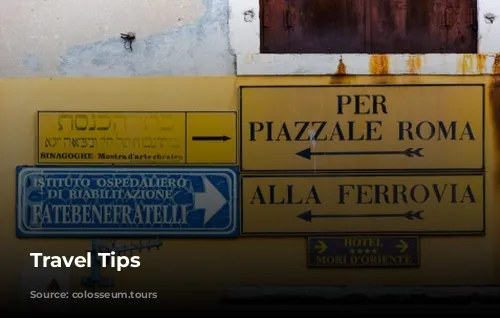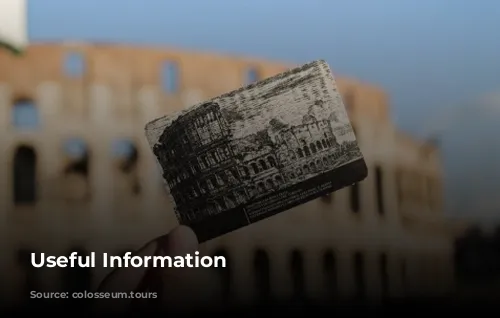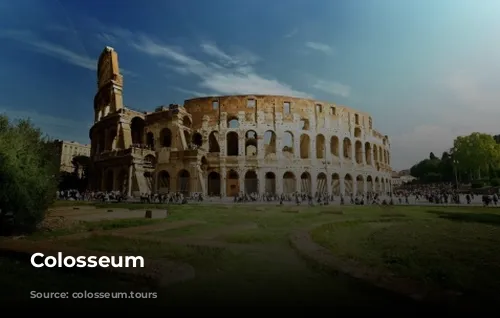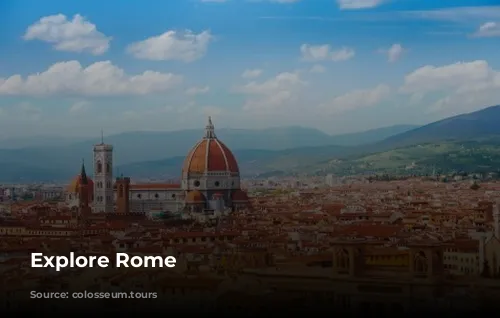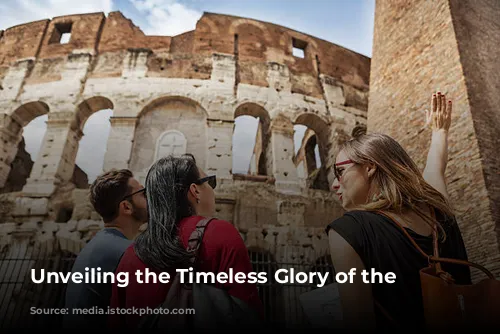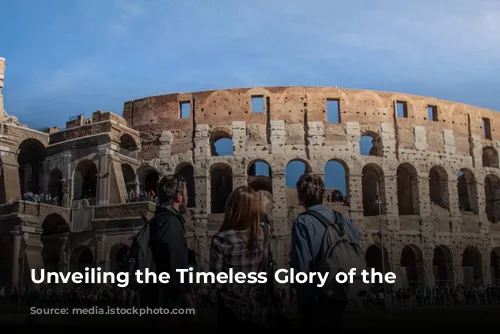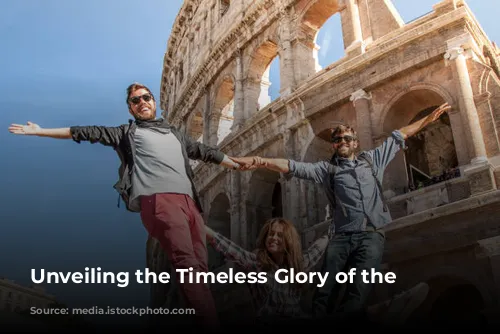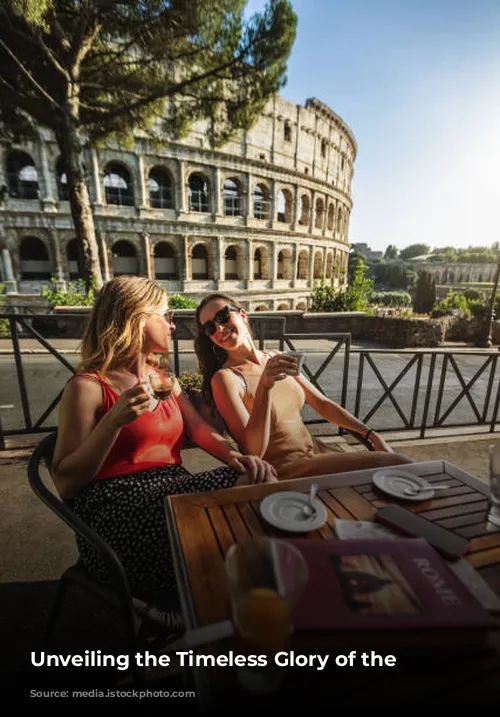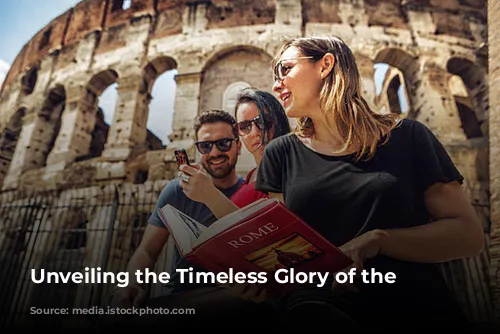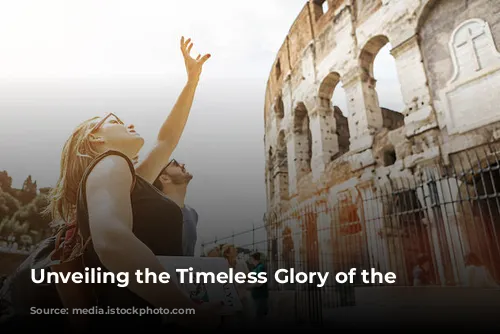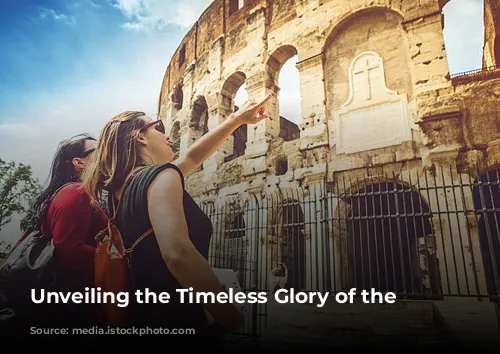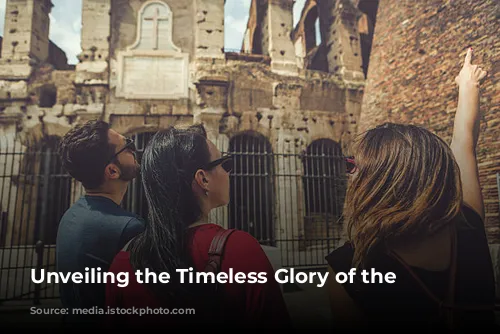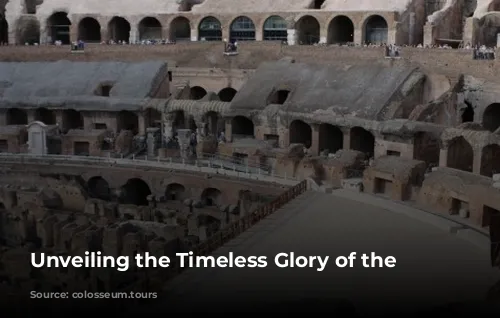Navigating the Colosseum: Your Guide to a Seamless Experience
Ready to step back in time and witness the grandeur of the Colosseum? It’s a must-see for any visitor to Rome! To ensure a smooth and enjoyable experience, book your tickets in advance, especially during peak seasons. This will save you from long queues and give you the chance to choose your preferred date and time slot. Many ticket providers also offer skip-the-line access, allowing you to maximize your exploration time. But before you head to the Colosseum, make sure you know what items are prohibited. Large bags, backpacks, wheeled bags, glass containers, weapons, and aerosol sprays are all not allowed.
Here’s a handy guide to opening hours:
- January 2 to February 15: 8:30 AM – 3:30 PM
- February 16 to March 15: 8:30 AM – 4:00 PM
- March 16 to last Saturday of March: 8:30 AM – 4:30 PM
- Last Sunday of March to August 31: 8:30 AM – 6:15 PM
- September 1 to September 30: 8:30 AM – 6:00 PM
- October 1 to last Saturday of October: 8:30 AM – 5:30 PM
- Last Sunday of October to December 31: 8:30 AM – 3:30 PM
With a bit of planning, you’ll be able to fully immerse yourself in the captivating history of the Colosseum.
Delving into History: The Colosseum’s Remarkable Past
The Colosseum isn’t just a beautiful structure, it’s a portal to the past. Built in the 70s-80s AD under Emperor Vespasian of the Flavian dynasty, this massive amphitheater has witnessed some of the most dramatic events in Roman history. Imagine the energy of 80,000 spectators roaring as gladiators clashed in fierce battles, or the thrill of mock naval battles played out on its arena floor. It was a symbol of Roman power and entertainment at its peak.
Architectural Marvel: The Colosseum’s Ingenious Design
The Colosseum is a testament to the engineering brilliance of the ancient Romans. Its oval shape, towering 48 meters high, and four levels are breathtaking. Built with limestone, concrete, and bricks, it’s a spectacle of architectural prowess. Notice the three tiers of arches, each decorated with different types of columns: Doric, Ionic, and Corinthian. The clever integration of ramps, stairs, and tunnels ensured smooth access for people and animals, making it an efficient and impressive space for both spectators and performers.
Experiencing the Colosseum’s Magic: Day and Night
The Colosseum’s charm isn’t limited to daytime. As night descends, the Colosseum transforms into a majestic beacon against the dark sky. Its illumination casts a captivating spell, reminding us of its thrilling past. The serene atmosphere allows you to appreciate its beauty in a different light, connecting you to ancient Rome’s rich history.
Beyond the Colosseum: Embracing the Essence of Rome
Rome is a city that tantalizes your taste buds, so don’t miss the chance to experience authentic Roman cuisine. While upscale dining options abound, nothing beats the vibrant flavors of Rome’s street food. Seek out spots frequented by locals – they’ll lead you to delicious, high-quality fare.
Remember: many restaurants in Rome include a service charge in your bill. However, if you’re particularly pleased with the service or if the charge isn’t included, a 10% tip is customary.
Comfortable shoes are your best friend when exploring Rome. Its charms are best discovered on foot, and comfortable footwear ensures you can fully enjoy its wonders without discomfort.
Guided Tours: Unveiling Hidden Gems and Historical Insights
Joining a guided tour can elevate your Roman experience, allowing you to gain deeper insights into the city’s history and uncover hidden gems. With a friendly and knowledgeable local guide, you’ll explore the highlights of Ancient Rome in a personalized and engaging way.
Imagine standing on the arena floor of the Colosseum, where gladiators once fought, learning about its architectural marvels, and understanding the Romans’ passion for games. Then, journey to Palatine Hill, the oldest part of Rome, where emperors resided in grand homes. Wander through its ruins, soaking in the serenity and breathtaking views. Finally, descend into the Roman Forum, walking on ancient roads and marveling at the remains of temples, offices, and the senate building.
With a guide by your side, you’ll be able to skip the lines, delve into history, and marvel at the Colosseum and the Ancient City in a whole new light.
A Glimpse into the Vatican: A Spiritual and Artistic Haven
No trip to Rome is complete without visiting the Vatican, a place steeped in historical and spiritual significance. As the seat of the Pope and the Roman Catholic Church, it holds global reverence.
The Vatican Museums are a treasure trove of artistic wonders, showcasing iconic works by Michelangelo and Raphael. The Sistine Chapel’s mesmerizing frescoes are a must-see, especially Michelangelo’s masterpiece on its ceiling. St. Peter’s Basilica is equally awe-inspiring, with its breathtaking architecture and profound religious significance.
Uncovering the Heart of Rome: Trastevere and Monti
Rome’s charm extends beyond its iconic landmarks. Neighborhoods like Trastevere and Monti offer a glimpse into the city’s vibrant life and rich history.
Trastevere, with its narrow cobblestone streets and colorful buildings, exudes a bohemian charm. Its bustling piazzas, lively trattorias, and energetic nightlife create a captivating atmosphere.
Monti presents a more eclectic ambiance, blending ancient ruins with trendy boutiques and artisanal shops. Labyrinthine alleys lead to hidden gems, including quaint cafes and artisan workshops, making it a haven for artists and creatives. Both neighborhoods boast picturesque squares, where locals gather, creating a lively atmosphere perfect for leisurely strolls.
Free Entry Days: Exploring Rome on a Budget
Every first Sunday of the month, Rome offers free entry to state-owned museums, galleries, parks, and some archaeological sites. This is a great opportunity to explore the city on a budget, but remember, it’s the busiest day of the month, so arrive early to avoid long lines.
The Colosseum: A Timeless Symbol
The Colosseum is not just the most visited monument in Rome, it’s a symbol of the city, of Italy, and of the ancient Roman Empire itself. Like the Eiffel Tower in Paris, it’s a recognizable landmark that embodies power, prestige, and the enduring legacy of a civilization. In its day, the Colosseum represented the might and, some might say, savagery of the Romans. It’s a testament to the ingenuity, strength, and ambition of a bygone era, a legacy that continues to inspire awe and wonder even today.
